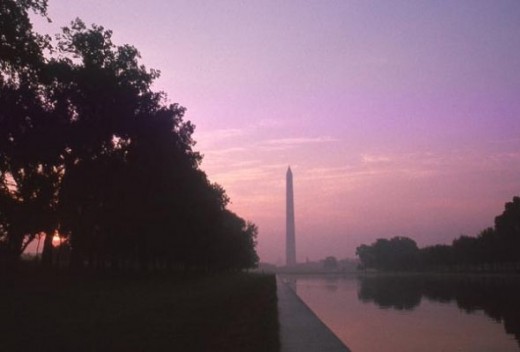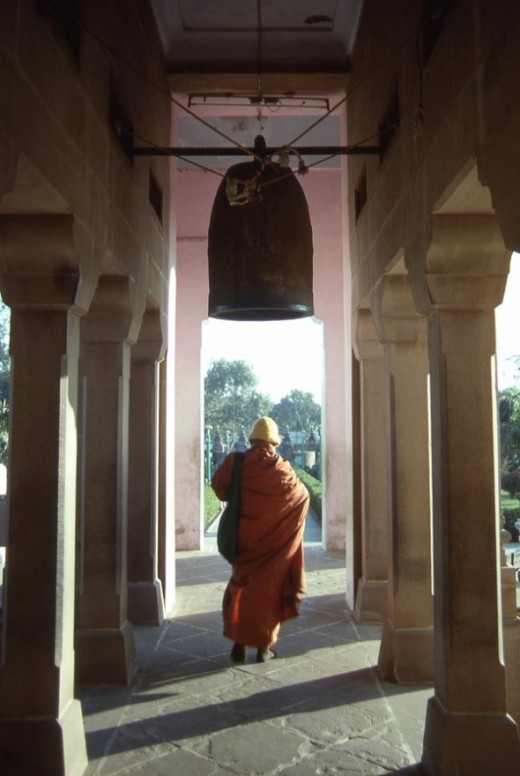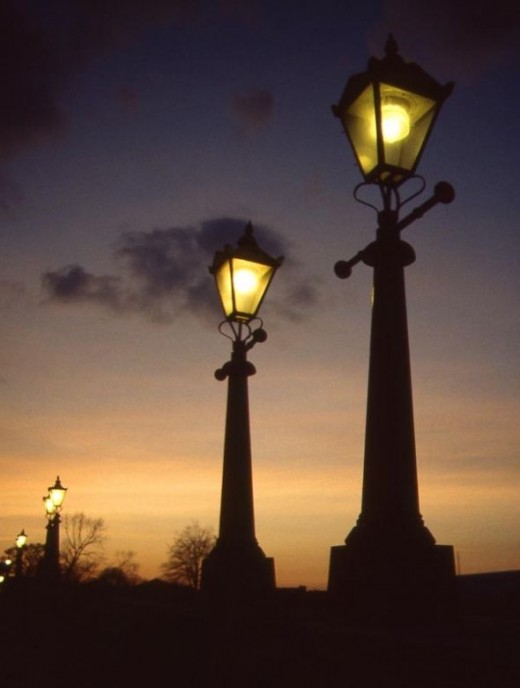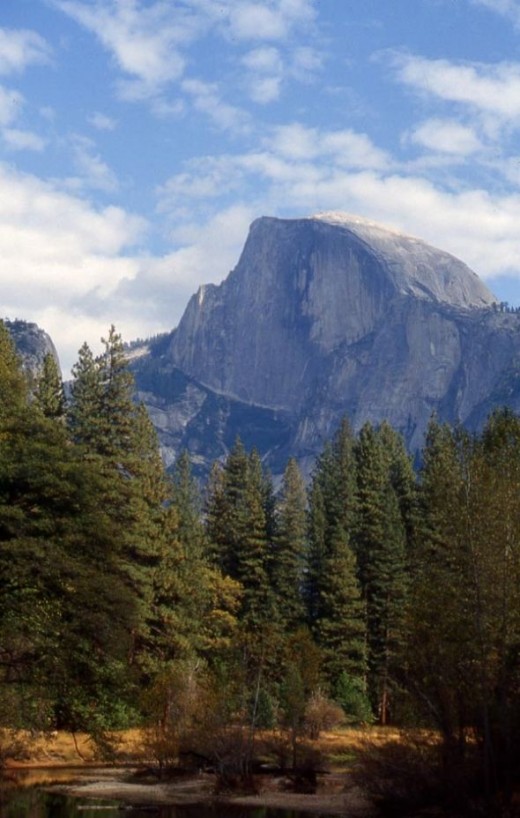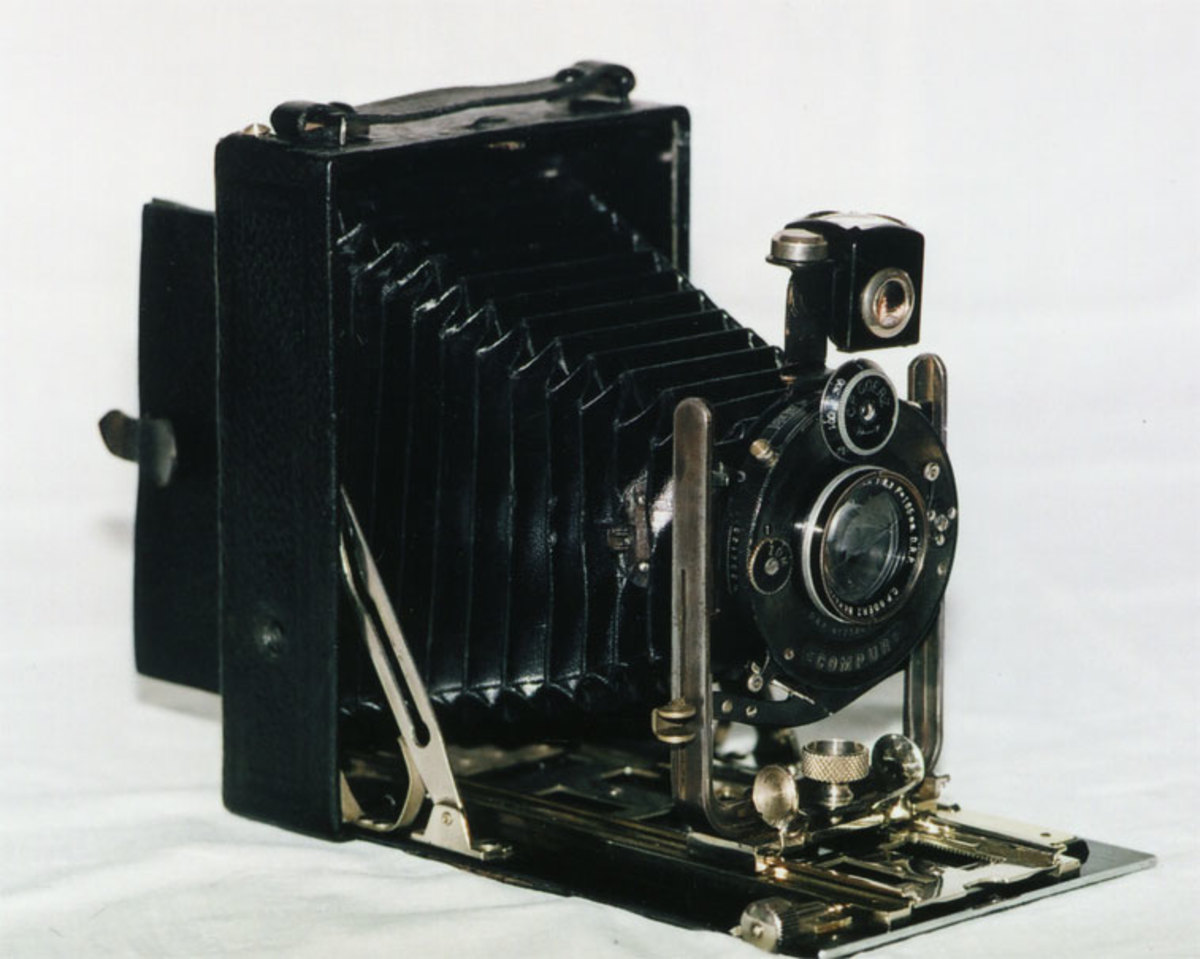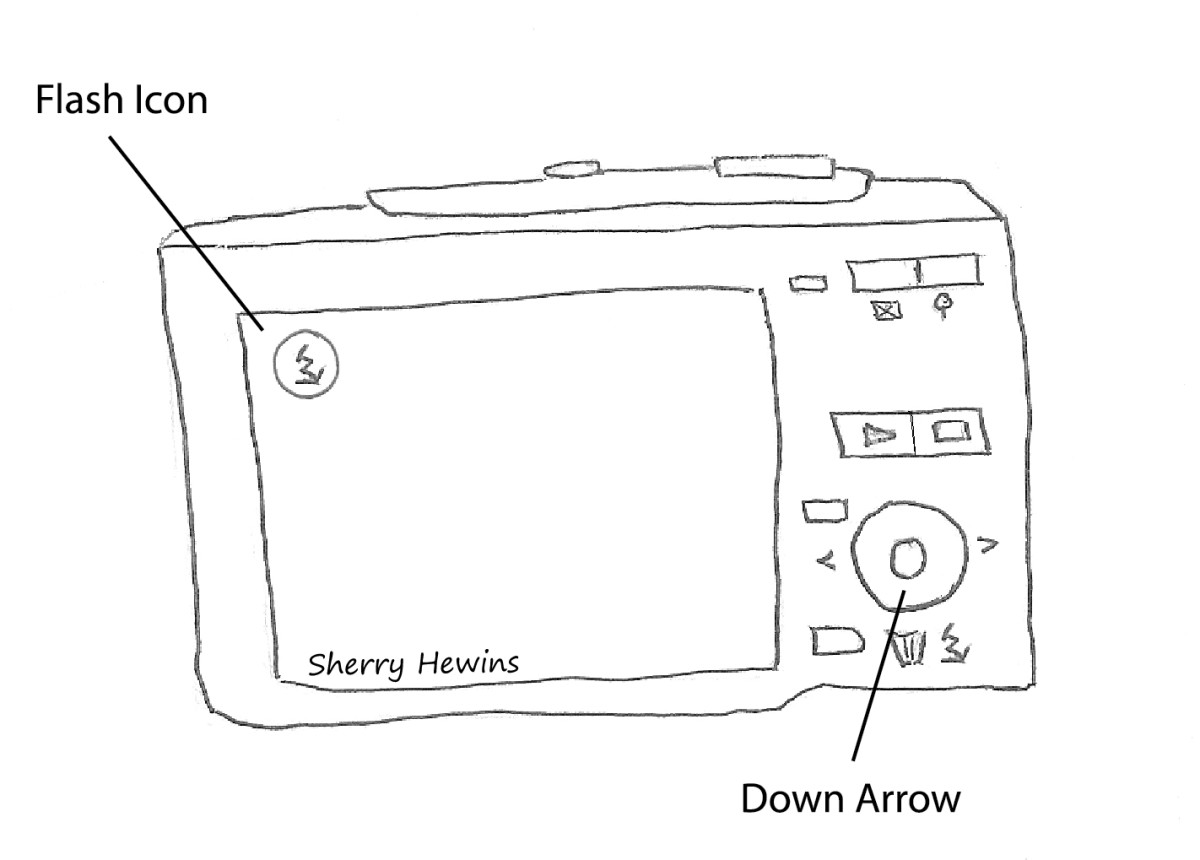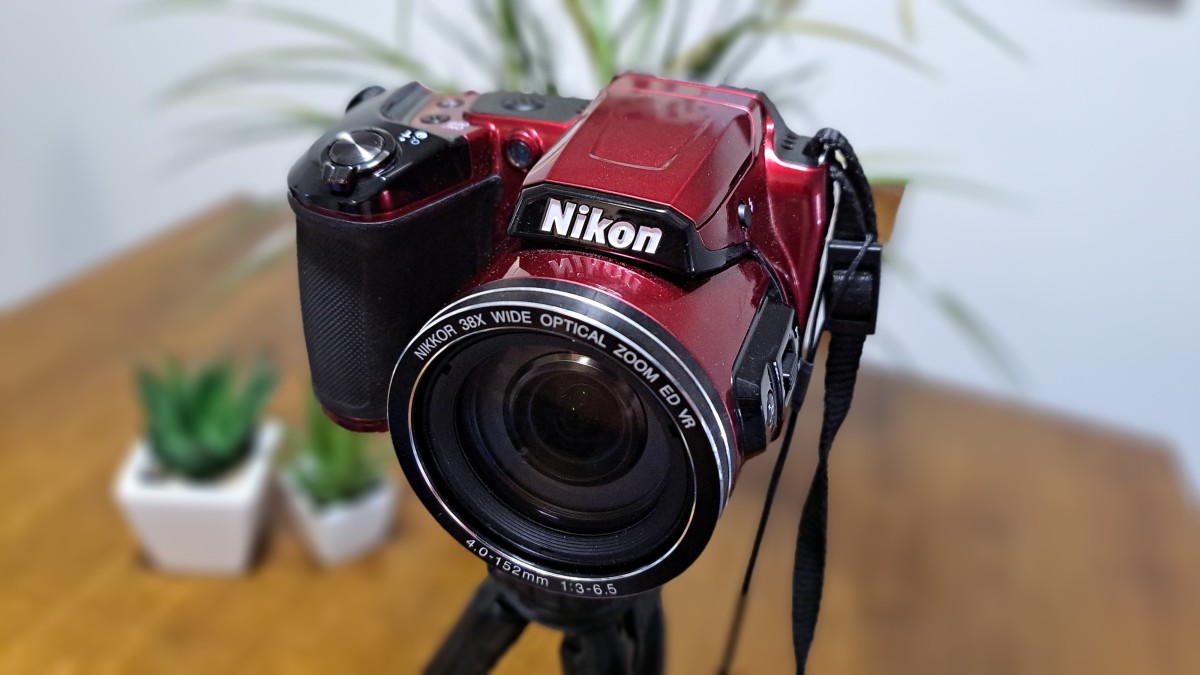- HubPages»
- Technology»
- Consumer Electronics & Personal Gadgets»
- Portable Electronics
In Memory of Kodachrome
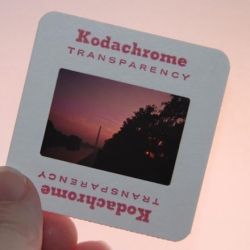
Mama, Don't Take My Kodachrome Away
For several decades, Kodachrome was the most popular film for professional photographers. Known for its ability to offer superb color saturation and its stability over time, Kodachrome was used to shoot everything from the 1953 official coronation of Her Majesty Queen Elizabeth the Second to the famous 1984 "Afghan Girl" cover of National Geographic magazine. Paul Simon even recorded a hit song about it.
Kodachrome was manufactured by Kodak for 74 years in various formats for both movie cameras and still cameras, but as digital cameras began to push film cameras into obsolescence, Kodachrome went into decline. Kodak made the last rolls of the film in 2009 and Kodachrome processing ended in 2010. There may be no more rolls of new Kodachrome film, but this film has earned a place in the history of photography.
(Photo by Lisa Howard. Check the photo gallery below to see a larger version of the image on this Kodachrome slide. )
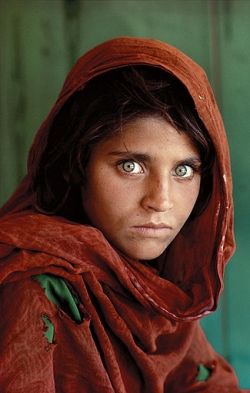
The Kodachrome Journey
A historic adventure that ended in Parsons, Kansas
I've recently been scanning old 35mm slides (see my Epson v600 review here) and have become nostalgic about Kodachrome. Once the jewel of 35mm photography, Kodachrome is no longer being produced. Digital cameras put an end to the film a few years ago, but millions of Kodachrome slides still exist in boxes, slide carousels and film sleeves throughout the world. I've been surprised how good some images I took 25 or 30 years ago still look, but I shouldn't be - Kodachrome was a great film.
Kodachrome was invented in the 1930s and Kodak began selling it in 1935. The first Kodachrome format was 16mm movie film, but eventually it was offered in a variety of formats and film speeds for both still and movie cameras.
The film quickly became the standard for many professional photographers, who loved the rich colors and archival qualities of the film. Kodachrome was originally sold with processing included, as it had complex processing requirements. Unlike other types of positive and negative films, Kodachrome didn't have dye couplers in the emulsion layers. These were added during processing. Ultimately, this complex K-14 processing, combined with the advent of digital photography, led to the film's demise.
Kodachrome began losing market share in the 1980s and 1990s as new films were introduced that offered great color saturation and image quality, and could be developed with the less complex E-6 process. As a result, Kodak began to offer fewer formats of the film, until Kodachrome 64 was finally discontinued in 2009, ending the 74-year reign of King Kodachrome. A year later, Kodak discontinued the chemicals required for the K-14 process.
The Eastman Kodak Company gave the last 36-exposure roll of Kodachrome to Steve McCurry, a photographer who took the famed "Afghan Girl" cover photo for National Geographic magazine. McCurry's image is the most recognized photograph in the National Geographic Society's history. McCurry has over shot over 1 million images on Kodachrome film. The last 36 included photos from three locations - New York, where McCurry lives; India, where he shot a tribe that he said is "disappearing, the same way as Kodachrome" and Kansas, where the final roll was processed. The final image was appropriately shot in a graveyard as a final goodbye to the film that recorded so much of human history.
The honor of processing McCurry's final slides, as well as thousands of others that began to arrive as news spread that Kodachrome processing would be discontinued, went to Dwayne's Photo in Parsons, Kansas. The small, family-fun business was overwhelmed with orders in the weeks leading up to the deadline. The New York Times reported two people who rushed to Kansas before the December 30, 2010 deadline were a man from Arkansas who paid over $15,000 to have 1580 rolls of the film developed and a woman from London who made her first trip to the United States just to get several rolls of Kodachrome developed before Dwayne's stopped processing permanently.
Many people wanted the honor of having their slides processed last. Steve McCurry was chosen to receive the last roll of film manufactured by Kodak, but Dwayne Steinle, owner of Dwayne's Photo, claimed the last spot in line. His roll of Kodachrome was the last to be developed before the machine used for processing the film was sold for scrap. It marked the end of an era in photographic history.
(Image credit: "Afghan Girl" copyright Steve McCurry.)
London, 1949 - Kodachrome image by Chalmers Butterfield
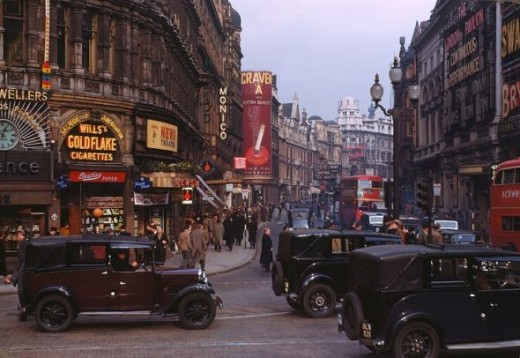
This image was shot in 1949 by Chalmers Butterfield. Image from Wikipedia
Photos from My Kodachrome Gallery - I'm no Steve McCurry, but after 25-30 years, the color still looks good
Click thumbnail to view full-size




Camera: A History of Photography from Daguerreotype to Digital - Kodachrome isn't the only photographic tool to come to an end
Photography has changed a lot since the early days. This book takes a look back at the history of cameras and photography.

Paul Simon Salutes "Kodachrome" - "Mama, don't take my Kodachrome away"
Paul Simon released the song "Kodachrome" in 1973 on his album, "There Goes Rhymin' Simon." It peaked at #2 on the Billboard Hot 100 chart in the United States, but the BBC refused to release it as a single in the UK because of the trademarked name. Wikipedia says that Eastman Kodak Co. required Simon's album to note that Kodachrome is a trademark of Kodak, and to include the registered trademark symbol after the song's title. Kodak used the song about two decades later to help sell film.
Kodachrome
"They give us those nice bright colors
They give us the greens of summers
Makes you think all the world's
a sunny day
I got a Nikon camera
I love to take a photograph
So mama don't take my Kodachrome away"
- Paul Simon, Kodachrome

